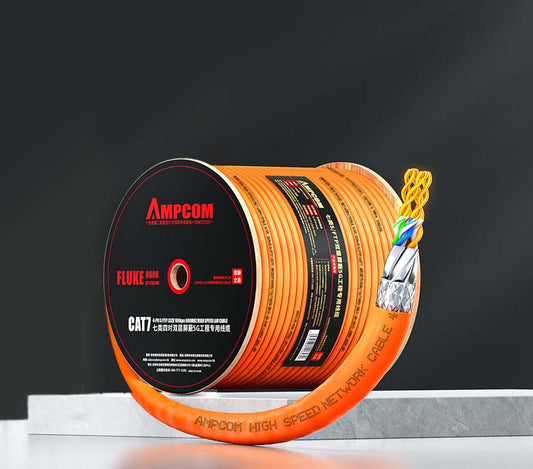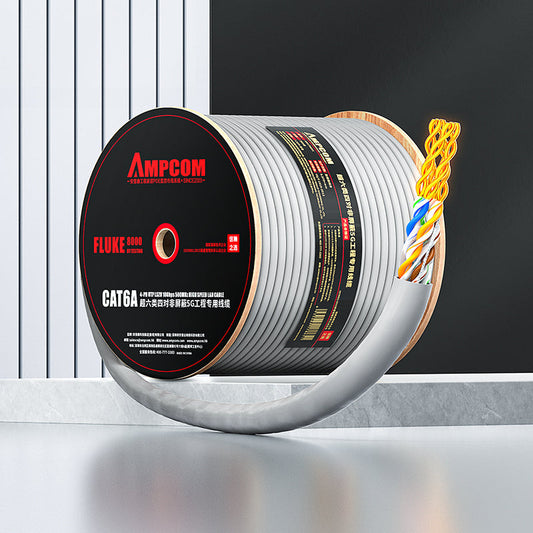What Is the Role of a Fiber Optic Terminal Box in FTTH?
When most teams plan an FTTH rollout, they obsess over feeder routes, splitter ratios, and ONT models—but the handoff point where glass meets the living space is often under-specified. That handoff lives inside the Fiber Optic Terminal Box. In practice, this compact enclosure is where the physical layer is made reliable, maintainable, and auditable. It is also where the optical budget can be protected—or quietly eroded—by sloppy workmanship. In short, the terminal box is the last structured node of the Fiber Optic System before service touches the subscriber.
Where the Terminal Box Sits in an FTTH Architecture
A typical PON topology (GPON, XGS-PON, or 25G PON) flows OLT → fiber distribution hub → passive splitters → distribution/drop fibers → premises. The terminal box sits at the premises edge: in a hallway cabinet, apartment wall plate, small office IDF, or MDU corridor. It terminates the drop cable and presents standardized adapter ports (commonly SC/APC for FTTH) for a patch cord to the ONT/ONU. Functionally, it is a demarcation, strain-relief, and optical management point all in one.

Core Functions: Mechanical, Optical, Operational
1) Mechanical Protection & Handling
FTTH drop cables are vulnerable to crush, pull, and bend abuse during and after installation. The terminal box provides:
- Strain relief: Cable clamps and grommets transfer tensile loads from fiber to chassis, preventing microbends and fiber breakage.
- Bend-radius control: Internal routing with ≥30 mm radius (typical for G.657.A2/B3 bend-insensitive fibers) minimizes induced attenuation.
- Slack storage: Organized trays store excess fiber safely for future re-termination or connector replacement.
2) Optical Management & Budget Integrity
Every interface adds loss. The terminal box is designed to house splices and adapters with predictable, low insertion loss (IL) and good return loss (RL):
- Fusion splice trays: Typical fusion splice IL ≈ 0.05–0.1 dB; far better than mechanical splices in long-term drift.
- Adapters & connectors: SC/APC is preferred in FTTH to suppress back-reflection (RL ≥ 60 dB). Keep adapter and ferrule cleanliness tight—90% of “mystery” outages are contamination.
- Optical budget protection: A well-built terminal box helps maintain headroom for splitter loss (e.g., 1:32 ≈ 16–17 dB), aging, temperature effects, and occasional field rework.
3) Operational Maintainability
Technicians need to turn up, test, and troubleshoot thousands of lines fast. A good terminal box accelerates MAC (move/add/change) work:
- Labeling & mapping: Clear port ID supports TIA-606 labeling conventions for consistent records across MDUs and neighborhoods.
- Test access: Exposed adapter ports make it easy to insert a VFL, power meter, or OTDR launch cord without disturbing the drop cable.
- Field-replaceable elements: Modular splice cassettes and adapter plates reduce truck-roll time and human error.
Design Variants by Deployment Context
Rack-Mounted Terminal Boxes
In MDU risers, campus closets, or small CO/POP rooms, 19-inch rack units (1U–3U) concentrate many terminations. Look for high-density adapter plates, dual-layer splice cassettes, front access for patching, rear cable ingress, and integrated cable management fingers. Doors and keyed latches protect against tampering in shared spaces. These enclosures make it feasible to aggregate dozens of FTTH drops while keeping ports patch-friendly for service activation.

Wall/Surface-Mount and Desktop Boxes
At the subscriber edge, compact wall boxes or desktop enclosures dominate. Important qualities include small footprint, unobtrusive styling, child-safe construction, and secure slack management so residents don’t tug exposed fibers. Building codes and aesthetics matter here: consider low-smoke materials, rounded corners, and hidden fasteners for apartments and office suites.

Many people think a fiber terminal box is just a small enclosure you mount and forget. In reality, the choice of materials and design details can make a big difference in how long it lasts and how reliable your network stays. A flame-retardant PC/ABS housing works well for most homes and offices, while metal enclosures are sturdier and help block interference in equipment rooms. For outdoor or damp basements, it’s worth choosing a model with IP54+ protection, UV-resistant plastics, and gel seals—otherwise moisture and sunlight will cause problems sooner than you think. Even simple things like using proper fire-stop bushings when running cables through walls matter for safety. And in shared hallways, a tamper-proof screw or keyed latch can prevent someone from casually moving patches.
When you scale up, the small details really pay off. Standardizing connectors on SC/APC avoids reflection issues and the headaches that come from mixing UPC and APC. Keeping connectors clean with a “inspect–clean–inspect” habit may feel tedious, but it saves countless hours of troubleshooting later. Bend-insensitive fiber such as G.657 makes routing in tight spaces easier without adding signal loss. QR-coded port labels beat paper notes every time and cut down on mis-patches. And don’t forget to leave a little slack—just one or two meters neatly secured—so that future splicing or rerouting isn’t a nightmare.
A terminal box isn’t just a passive spot—it’s a testing point too. Checking power levels, capturing a baseline OTDR trace, or doing occasional insertion/return loss spot checks all help catch issues before they become service calls. What feels like extra work during install usually pays for itself many times over. For operators, that means fewer truck rolls and happier customers. For property managers or small businesses, it means cleaner closets, fewer complaints, and less downtime.
At the end of the day, most “slow internet” complaints don’t come from the backbone network—they come from small mistakes right at the terminal box: a dusty connector, a bent jumper, or messy routing. Investing in a better enclosure, clear labeling, and disciplined cable management turns this “weak spot” into one of the most reliable parts of the entire network. The box may be small, but it has an outsized impact on performance and peace of mind.
Conclusion
In FTTH, the smallest enclosure often carries the heaviest responsibility. The Optical Fiber Terminal Box isn’t just a plastic shell—it is the point where mechanical discipline preserves optical budget, where documentation meets physical reality, and where service quality is either safeguarded or sacrificed. Specify it carefully, standardize connectors, enforce cleaning and labeling, and treat the box as a first-class network element. Do that, and the last structured node before the living room becomes the most reliable link in your access chain.



